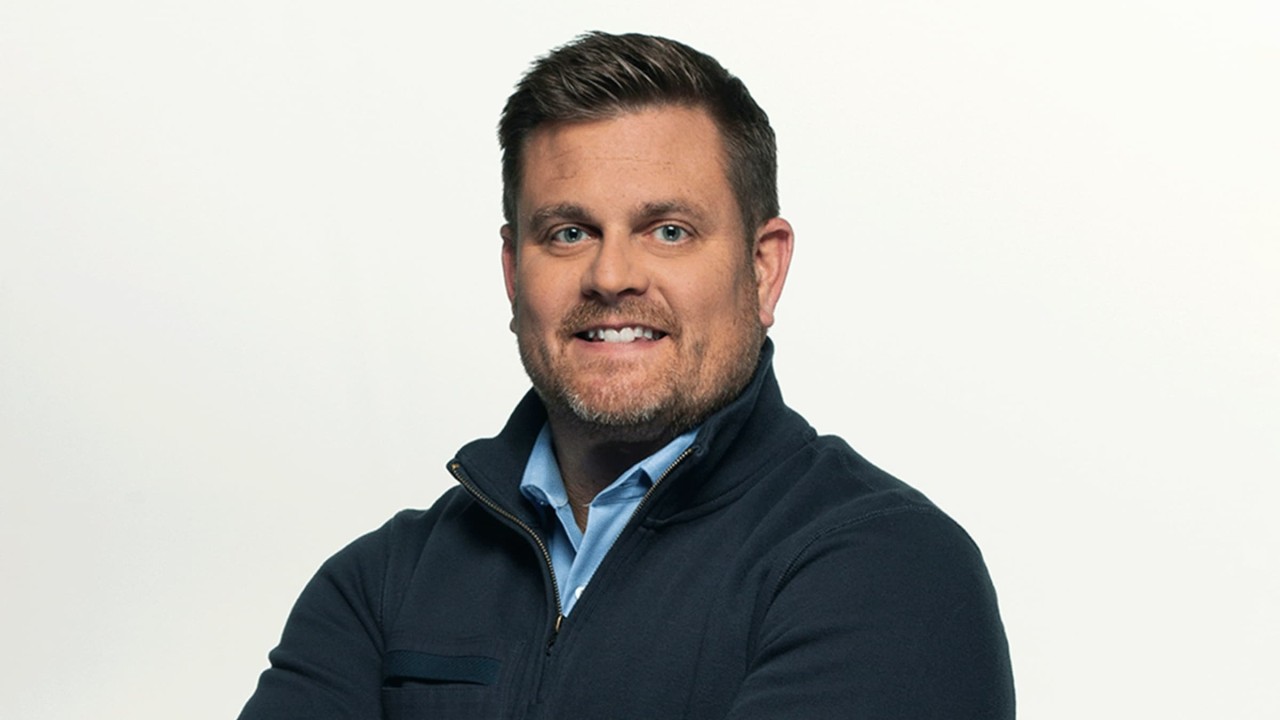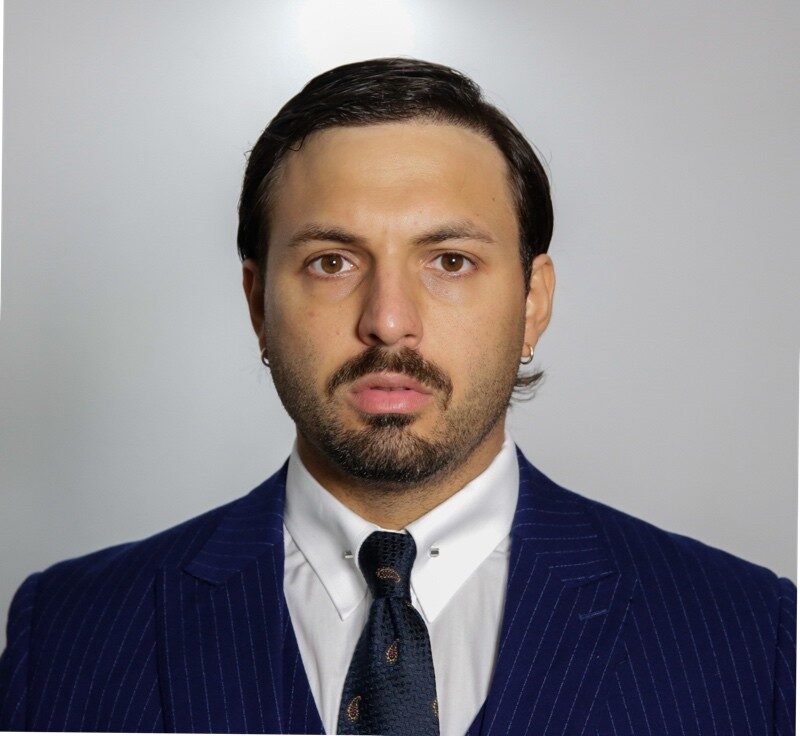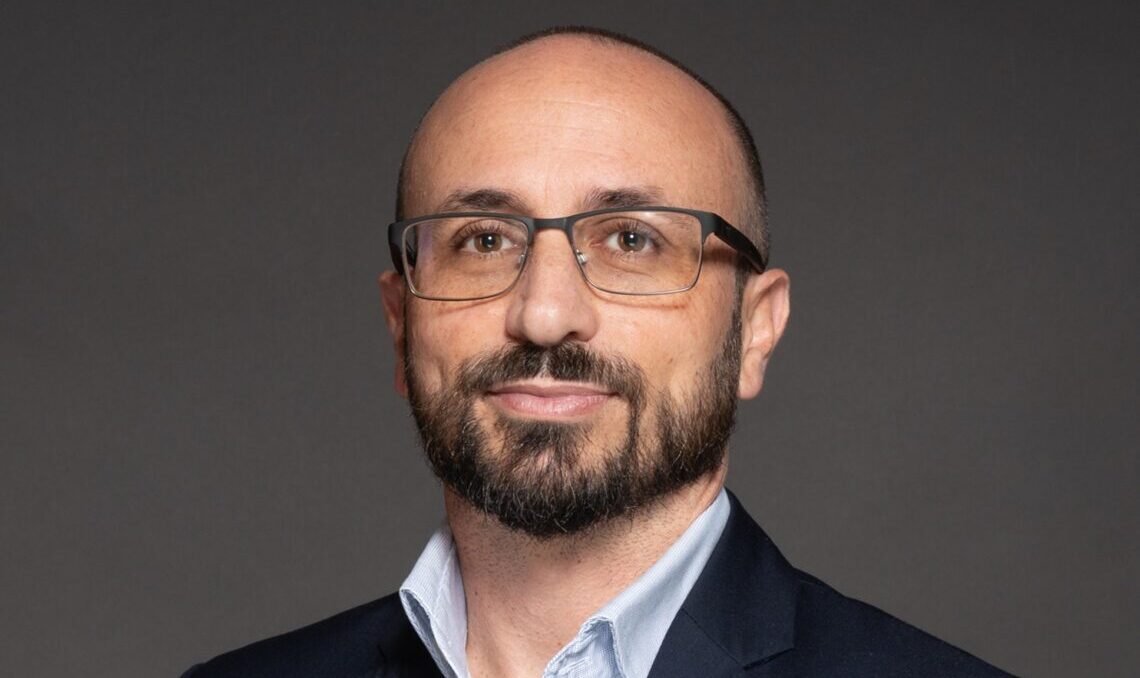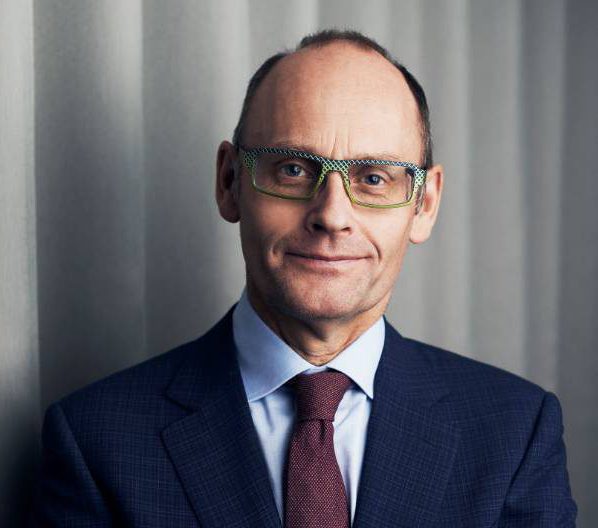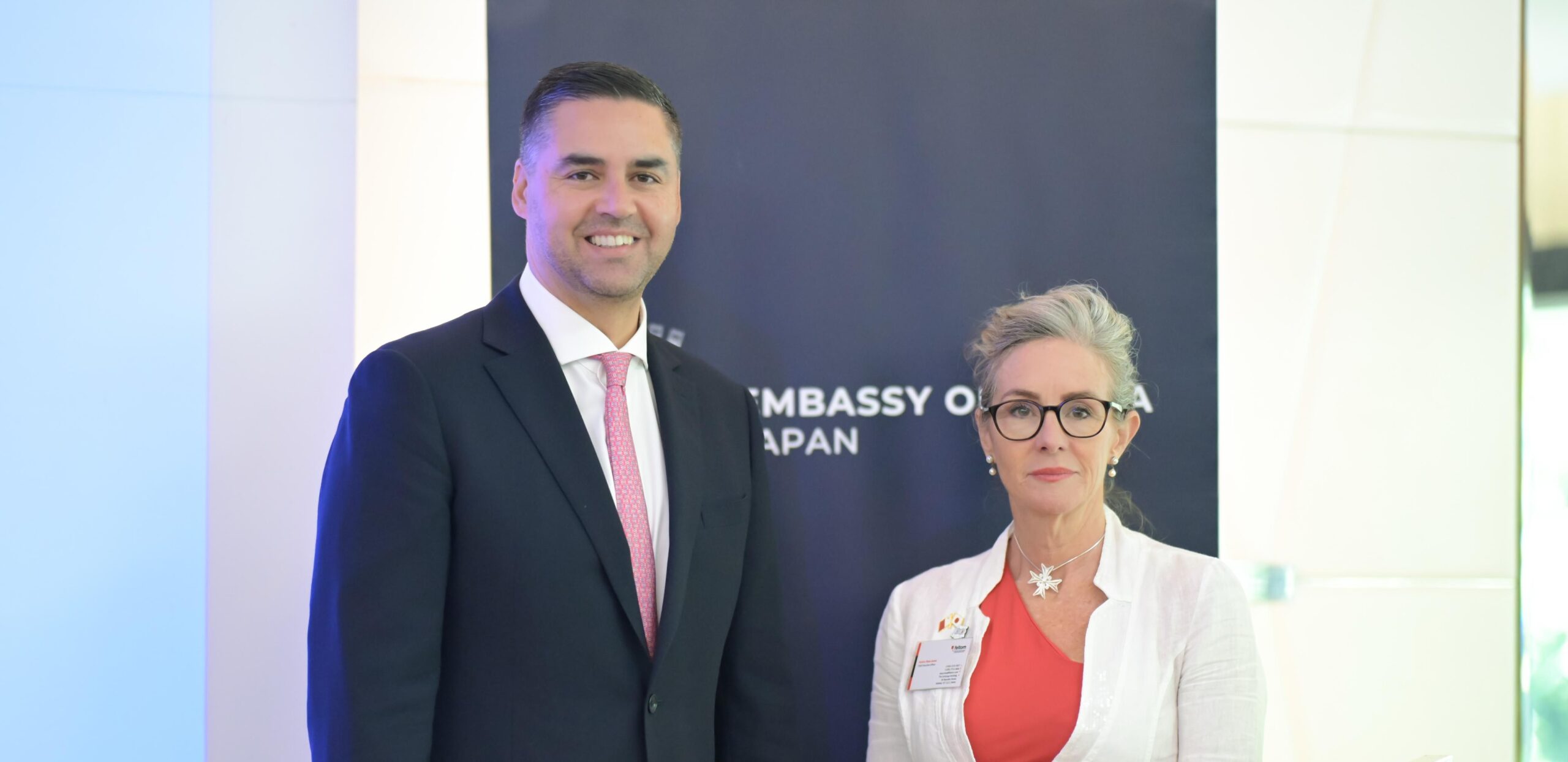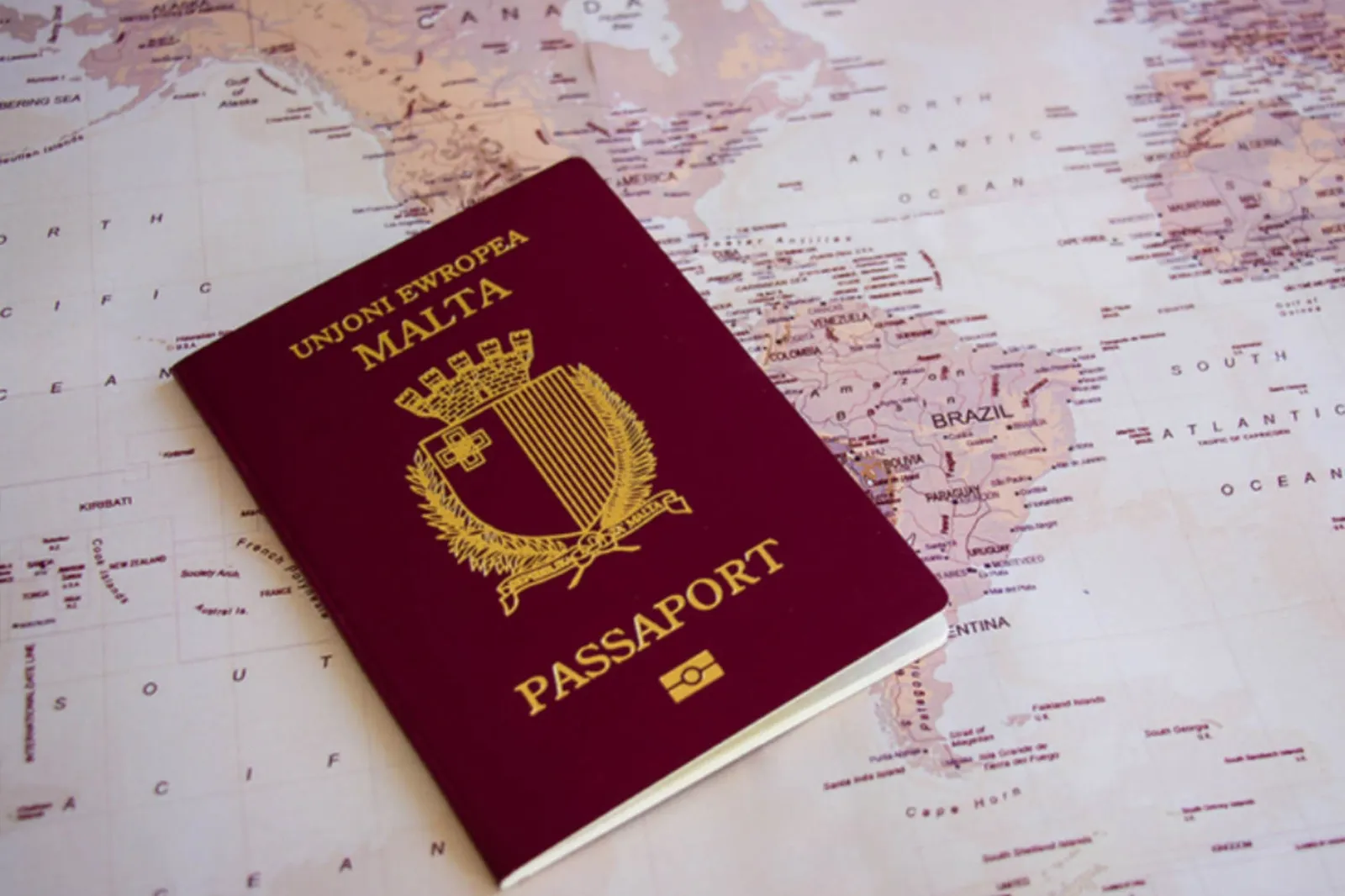The business world was left in shock after Brian Thompson, CEO of UnitedHealthcare, was fatally shot on the streets of Manhattan.
The incident occurred outside a Hilton hotel, with the New York Police Department labelling it as a “premeditated, preplanned, targeted attack.”
The suspected shooter fled the scene and remains at large, leaving both corporate America and the wider public grappling with the implications of such a rare and violent event involving a high-ranking executive.
A wake-up call for executive security
Such ambushes on top-level executives in the United States are rare, but this attack underscores the growing need for companies to reassess and strengthen their security measures.
Over the past few years, many businesses have already increased spending on executive protection. This incident is likely to intensify those efforts as C-suites and boards of directors scramble to implement stronger safeguards for their senior leaders.
Glen Kucera, president of the enhanced protection services division at security firm Allied Universal, told American business magazine Fortune: “We don’t know the motivation. Certainly, if it’s a personal motivation, that changes the landscape a little bit. If it was motivated by the business they’re in, such as the health care industry, then this is undoubtedly a wake-up call for CEOs and executives travelling across the country and the world.”
The rise of CEO security spending
Corporate spending on executive security has steadily increased in recent years.
According to a review of CEO benefits by advisory firm ISS-Corporate, the proportion of S&P 500 CEOs receiving home security perks rose from 12.6 per cent in 2020 to 15.7 per cent in 2023.
By 2024, 17.9 per cent of CEOs had home security benefits, compared to just 13.2 per cent in 2018, data from Esgauge reveals.
High-profile executives come with significant security costs. Alphabet CEO Sundar Pichai’s personal security reportedly costs €6.3 million annually, while Meta Platforms spends approximately €13 million to safeguard Mark Zuckerberg, according to publicly disclosed documents.
However, smaller companies often struggle to provide the same level of security for their executives.
The median security spending for CEOs in 2023 was around €46,500, according to data from insurance broker WTW. Notably, the health care sector has actually seen a decline in security spending. Personal security costs for executives in Russell 3000 health care companies dropped from 0.8 per cent in 2018 to 0.5 per cent in 2024.
Gaps in executive protection
It’s also worth noting that many companies do not extend security benefits beyond the CEO role.
Mr Thompson, for example, was the CEO of UnitedHealthcare, a subsidiary of UnitedHealth Group, but not the parent company’s CEO. This gap in protection leaves many senior leaders vulnerable.
His killing has left many questions unanswered, and updates to the investigation are likely to emerge over the coming days. However, the incident serves as a stark reminder to executives about the importance of personal safety.
“Nobody ever goes to work expecting this to happen to him, right? So that’s why it’s so important to, you know, be informed. Be aware of your surroundings. Have good security protocol in the event that this does happen,” Mr Kucera told Fortune.
Featured Image:
Brian Thompson / Facebook
Betsson doubling down on flagship brand to ‘realise economies of scale’ – CEO
The iGaming giant recently launched its main global brand in Georgia and Lithuania.
Japan-Malta visa to attract more, higher-quality Japanese students – FELTOM CEO
Jessica Rees-Jones says that this agreement is extremely important for the local English Language Teaching sector.
Coldplay’s kiss cam sparks scandal for US tech CEO and HR Chief – and the internet can’t look away
A Coldplay concert kiss cam turned into corporate chaos when two tech execs were caught canoodling, and the internet did ...
Lawyers weigh in on amendments in Malta’s citizenship law: Evolution or extinction?
Experts say whether amendments in the law signal the end of the sector, or simply its evolution into a more ...


